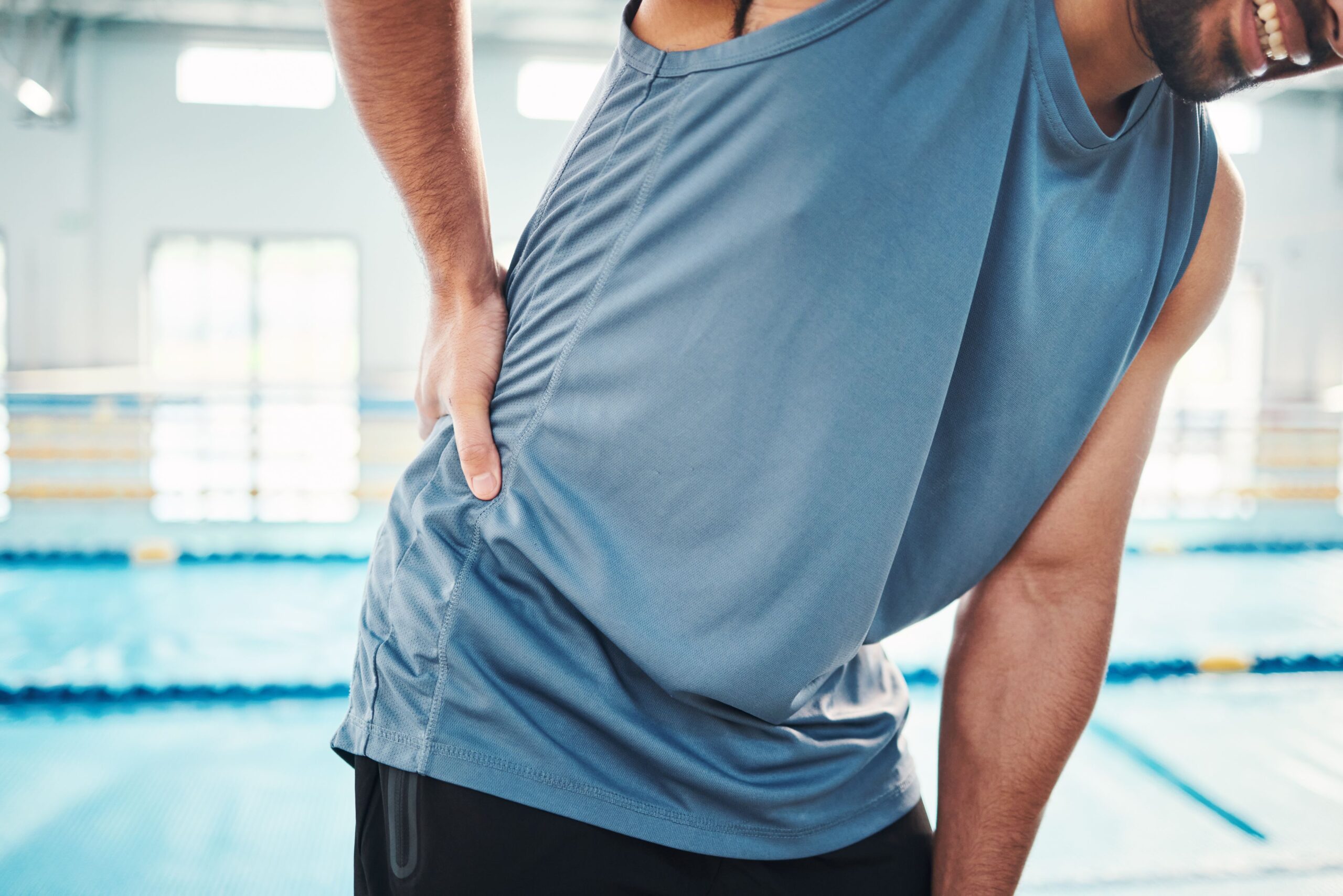Sports Injuries
Osteopathy is often utilized as a complementary approach for the management and rehabilitation of sporting injuries. The team at Engaged Motion Osteopathy, use manual techniques to address musculoskeletal issues and promote overall well-being. Here’s how osteopathy can be beneficial for sporting injuries:
-
Assessment and Diagnosis:
- Osteopaths conduct thorough assessments to identify the root causes of sporting injuries, considering factors such as biomechanics, muscle imbalances, and joint restrictions.
- They may use a combination of palpation, range of motion testing, and other diagnostic tools to understand the nature and extent of the injury.
-
Manual Therapy Techniques:
- Osteopathic treatments often involve hands-on techniques to improve joint mobility, reduce muscle tension, and enhance overall tissue function.
- Techniques may include joint mobilization, soft tissue manipulation, stretching, and muscle energy techniques.
-
Pain Management:
- Osteopathy aims to alleviate pain associated with sporting injuries by addressing the underlying causes and promoting optimal biomechanics.
- Osteopaths may use techniques that help modulate pain signals, reduce inflammation, and improve blood flow to injured tissues.
-
Rehabilitation Support:
- Osteopaths may provide exercise prescription and rehabilitation advice to support the recovery process.
- They can design specific rehabilitation programs to improve strength, flexibility, and coordination, addressing imbalances that may contribute to or result from sports-related injuries.
-
Preventive Care:
- Osteopaths may work with athletes on injury prevention strategies, including proper biomechanics, muscle conditioning, and techniques to reduce the risk of future injuries.
- Regular osteopathic treatment can contribute to maintaining optimal musculoskeletal health, reducing the likelihood of injuries.
-
Holistic Approach:
- Osteopathy takes a holistic approach to healthcare, considering the interconnectedness of the body’s systems. This can be particularly valuable in addressing not only the immediate injury but also any contributing factors or compensations that may arise during the recovery process.
-
Collaboration with Other Healthcare Professionals:
- Osteopaths often collaborate with other healthcare professionals, such as physiotherapists, sports medicine specialists, and athletic trainers, to provide comprehensive care for athletes.
It’s important to note that while osteopathy can be beneficial for many sporting injuries, severe or acute conditions may require collaboration with medical professionals for a well-rounded approach to care. Athletes should seek guidance from their healthcare team to determine the most appropriate interventions for their specific injuries and rehabilitation needs
Contact Engage Motion Osteopathy today!

